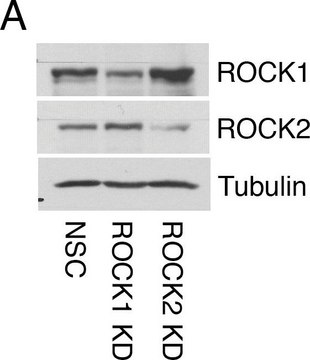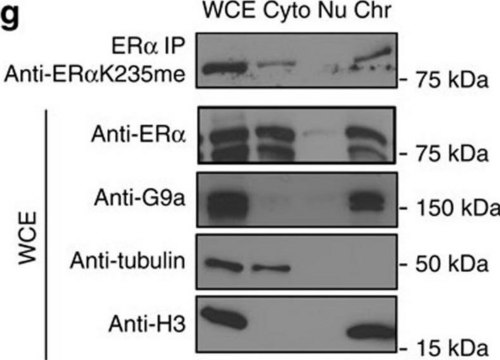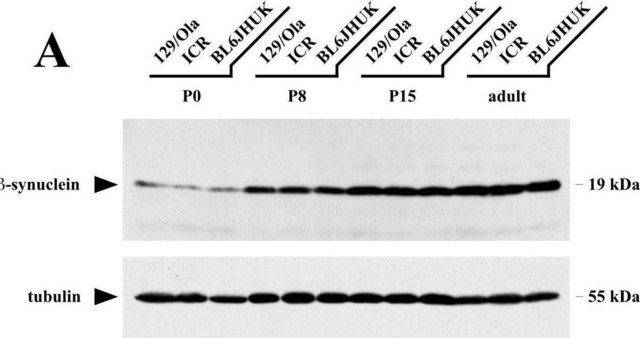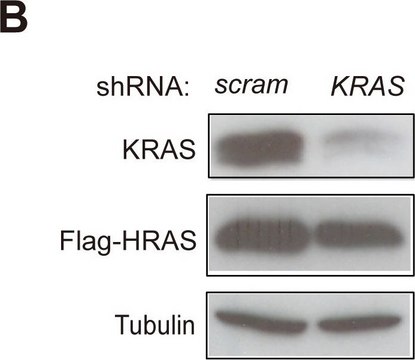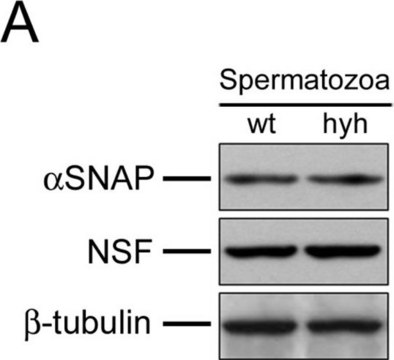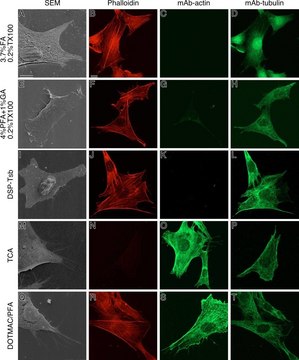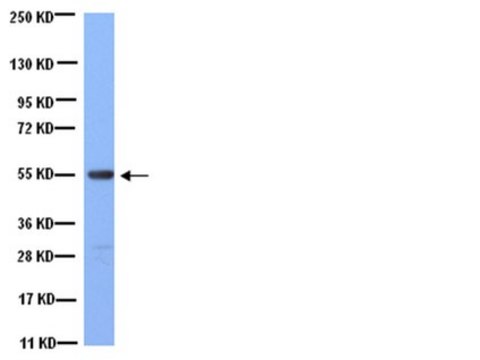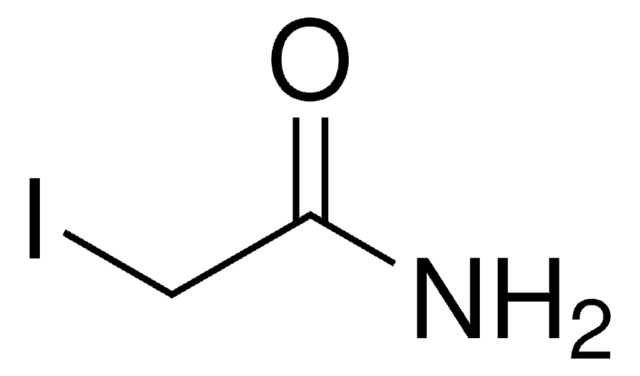T0198
Anti-β-Tubulin antibody, Mouse monoclonal
clone D66, purified from hybridoma cell culture
Synonym(s):
Anti-Tubulin beta-1 chain
Select a Size
About This Item
Recommended Products
biological source
mouse
Quality Level
conjugate
unconjugated
antibody form
purified immunoglobulin
antibody product type
primary antibodies
clone
D66, monoclonal
form
buffered aqueous solution
mol wt
antigen ~50 kDa
species reactivity
human, bovine, chicken, rat, canine, Chlamydomonas reinhardtii, sea urchin (Lytechinus pictus and Paracentrotus lividus), mouse, hamster, Oxyrrhis marina (dinoflagellate), rabbit, monkey
packaging
antibody small pack of 25 μL
1 of 4
This Item | I6125 | A3221 | I1149 |
|---|---|---|---|
| assay 98% | assay ≥99% (NMR) | assay ≥99% (HPLC) | assay ≥99% (NMR) |
| form powder | form crystalline | form powder | form powder |
| storage temp. 2-8°C | storage temp. 2-8°C | storage temp. 2-8°C | storage temp. 2-8°C |
| mp 92-95 °C (lit.) | mp 92-95 °C (lit.) | mp 92-95 °C (lit.) | mp 92-95 °C (lit.) |
| grade reagent grade | grade - | grade - | grade - |
| product line Vetec™ | product line - | product line - | product line BioUltra |
General description
Specificity
Immunogen
Application
Biochem/physiol Actions
Physical form
Disclaimer
Not finding the right product?
Try our Product Selector Tool.
recommended
Storage Class Code
10 - Combustible liquids
WGK
WGK 3
Flash Point(F)
Not applicable
Flash Point(C)
Not applicable
Regulatory Information
Choose from one of the most recent versions:
Certificates of Analysis (COA)
Don't see the Right Version?
If you require a particular version, you can look up a specific certificate by the Lot or Batch number.
Already Own This Product?
Find documentation for the products that you have recently purchased in the Document Library.
Articles
Microtubules of the eukaryotic cytoskeleton are composed of a heterodimer of α- and β-tubulin. In addition to α-and β-tubulin, several other tubulins have been identified, bringing the number of distinct tubulin classes to seven.
Our team of scientists has experience in all areas of research including Life Science, Material Science, Chemical Synthesis, Chromatography, Analytical and many others.
Contact Technical Service
